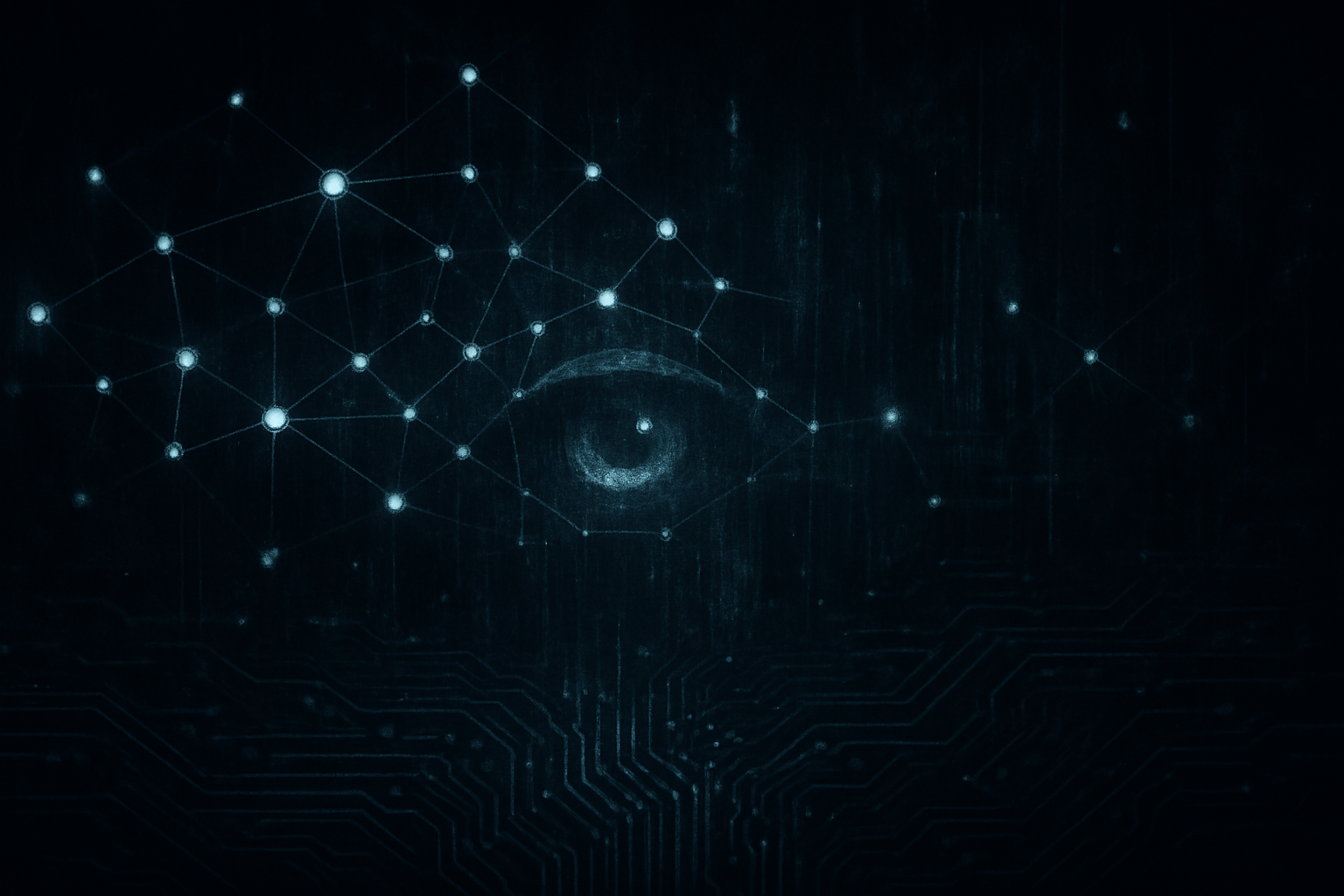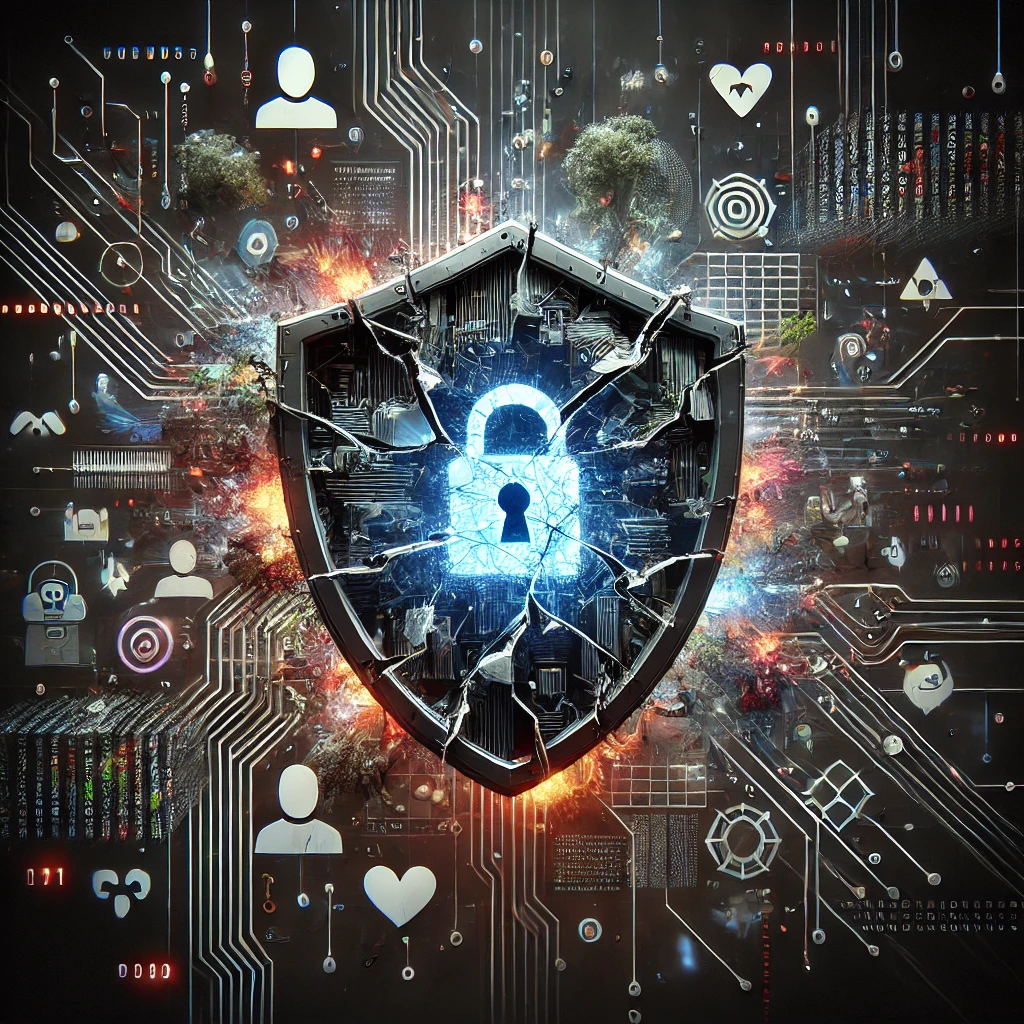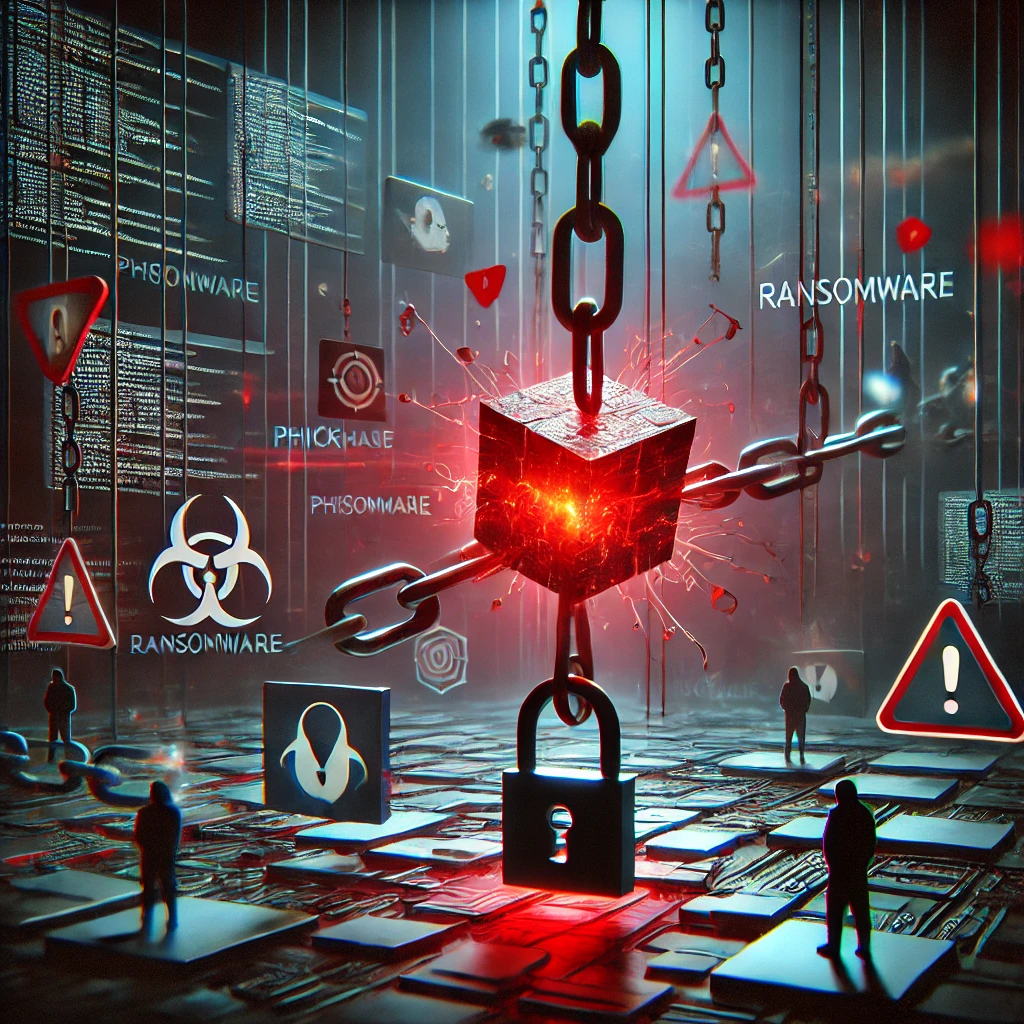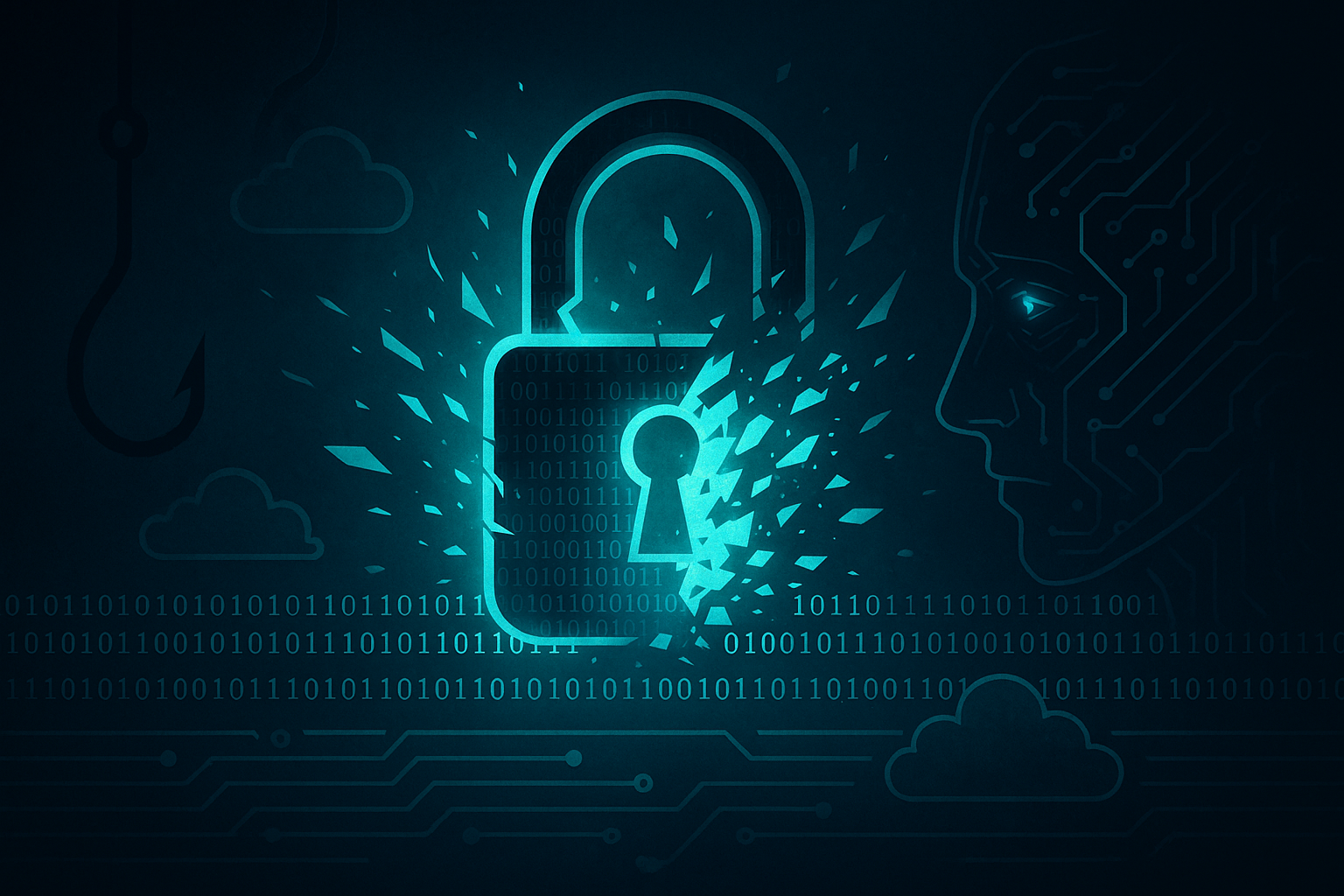The recent wave of cybersecurity incidents and research doesn’t reveal a new threat — it exposes our chronic negligence of old ones. If there’s a pattern in the current cycle, it’s not that attackers are innovating at record speed, but that defenders are still betting on short-term fixes, blind trust in automation, and optimistic compliance checklists. These aren’t “emerging threats.” They’re predictable consequences of systemic inaction — and now, the cracks are showing everywhere, from our edge devices to our LLMs, from educational unions to cloud infrastructure.
We’re not facing a crisis of innovation. We’re facing a crisis of follow-through.
Misconfiguration Is Not a Growing Pain — It’s a Governance Failure
One of the most telling trends this month comes from Tenable’s Cloud AI Risk Report. AI services in the cloud, heralded as transformative, are being deployed with reckless default configurations — 91% of analyzed SageMaker environments had root access enabled. These aren’t edge cases; they’re structural failures. And they mirror the same mistakes organizations made a decade ago during their first push to the cloud.
The lesson is clear: if we don’t build secure systems from the outset, no amount of patching will save us later. These aren’t mere oversights; they reflect a deep-seated prioritization of speed over resilience and convenience over control. And in environments where one misconfiguration can compromise an entire chain of services, the consequences are rarely contained.
Edge Devices and Unheeded Warnings
It’s hard to ignore the volume of activity around Fortinet’s recently patched vulnerabilities (CVE-2025-24472 and CVE-2024-55591). But the real story isn’t the vulnerabilities — it’s the response. Mora_001 and other actors exploiting these flaws are doing exactly what any competent attacker would do: targeting exposed management interfaces for privilege escalation and ransomware deployment.
Security teams know these interfaces should never be exposed to the internet. Fortinet knows it. CISA knows it. And yet here we are, discussing the “renewed attention” to a critical flaw because exploitation is now undeniable.
If this feels familiar, it should. The theme of misconfigured or neglected edge devices has been reverberating forever. What’s new is the scale of collateral damage: federal agencies, healthcare networks, critical infrastructure — all exposed by the same set of operational blind spots. “Best practices” mean little if they’re consistently ignored.
When Convenience Becomes Compromise
The use of remote monitoring and management (RMM) software like AnyDesk and TeamViewer by ransomware groups is no longer an emerging tactic — it’s standard operating procedure. As Intel471’s analysis shows, attackers aren’t just sneaking in. They’re walking in through the front door, often with the help of social engineering and a generous dose of user trust.
But what makes this development more insidious is the attackers’ ability to mimic internal IT behavior convincingly. The impersonation isn’t crude phishing — it’s strategic exploitation of internal process gaps and overworked staff. The fact that Black Basta and other groups can rely on RMM tools as stable parts of their intrusion chain says more about our complacency than about their ingenuity.
We’ve built systems for remote support, automation, and flexibility — and in doing so, we’ve widened the blast radius. What was once a post-exploitation tool is now a foothold mechanism. The line between legitimate administration and malicious activity has blurred, and it’s our logging and behavioral monitoring practices that are lagging behind.
Microsoft’s Shortcut to Denial
The Microsoft Windows .LNK file vulnerability (ZDI-CAN-25373) being exploited since 2017 by multiple nation-state groups is not just a technical flaw. It’s a policy failure. Microsoft’s decision to classify it as “low severity” — despite active exploitation by APTs from North Korea, Russia, China, and Iran — is a case study in corporate risk calculus overriding security urgency.
This vulnerability didn’t require a complex exploit chain or advanced zero-day tactics. It required patience and a complete understanding of how a vendor’s blind spots can be weaponized over time. This isn’t about zero-day panic; it’s about the refusal to treat well-known, exploitable design issues as security problems worth fixing.
What makes this worse is the precedent it sets. If Microsoft — with its Secure Future Initiative — won’t patch flaws actively used in global espionage, what message does that send to defenders working in the trenches?
Signal, Jailbreaks, and the End of Assumptions
The latest phishing attacks via compromised Signal accounts targeting the Ukrainian military, as well as jailbreak techniques used to create Chrome infostealers via LLMs, signal another dangerous trend: the erosion of security assumptions. Whether it’s the expectation that Signal is secure by design or that LLMs are responsibly sandboxed, these cases show how misplaced trust can become a vulnerability in itself.
The AI jailbreaks, in particular, deserve attention. Cato Networks’ Immersive World technique highlights a critical oversight in current GenAI deployment: the belief that prompt-level guardrails are sufficient. If we allow LLMs to act as compilers, advisors, and co-authors of code, then we must treat them with the same risk posture we’d assign to a junior developer — capable of making catastrophic errors unless supervised, tested, and constrained.
Malware-as-Content and the Death of Passive Defenses
Whether it’s “DollyWay” redirecting WordPress visitors for eight years, Arcane Stealer masquerading as cheat tools, or PDFs embedded with Office macros bypassing antivirus, the malware ecosystem isn’t merely surviving — it’s thriving in plain sight.
Attackers are no longer depending on brute force. They’re leveraging user behavior, abusing platform features, and crafting malware that survives even sophisticated sandboxing. Passive defenses, once the backbone of enterprise protection, are increasingly irrelevant against these tactics.
When your tools can’t see the threat — because it’s embedded in macros, certificate padding, or trusted processes — you don’t have a visibility problem. You have a philosophical one: you’re defending against the wrong class of attacks.
A Quiet Shift Worth Celebrating
Amidst all this, there’s a subtle but encouraging shift: the evolution of the Continuous Diagnostics and Mitigation (CDM) program under CISA. After years of being dismissed as compliance theater, CDM is transforming into a real-time operational tool with federated flexibility. Its ability to rapidly generate dashboards and support threat hunting across 6.5 million devices shows that centralized visibility doesn’t have to mean centralized control.
It’s a rare case where bureaucracy adapts to operational reality — and a signal that mature, large-scale defensive programs can evolve without becoming paralyzed by scope creep or vendor dependency. If CDM succeeds in its current trajectory, it might serve as a model for private sector programs seeking balance between standardization and autonomy.
The Way Forward: Less AI Hype, More Operational Hygiene
It’s tempting to look at this news cycle and declare that security is broken. But that’s not quite right. The systems are doing what they were built to do — the problem is that they weren’t built for sustained abuse, scaled deception, and continuous adversary innovation.
So what’s the way forward?
- Stop outsourcing judgment to automation. GenAI, sandboxes, and antivirus will fail silently if you don’t understand their limitations.
- Stop accepting default configurations. Especially in the cloud. Default is not neutral. It’s an attack vector.
- Stop ignoring known, exploited vulnerabilities. If your vendor won’t patch, it’s your responsibility to mitigate.
The good news? None of these solutions require moonshot innovation or six-figure security budgets. They require discipline. And in an industry addicted to novelty, discipline might just be the rarest — and most valuable — resource we have.




